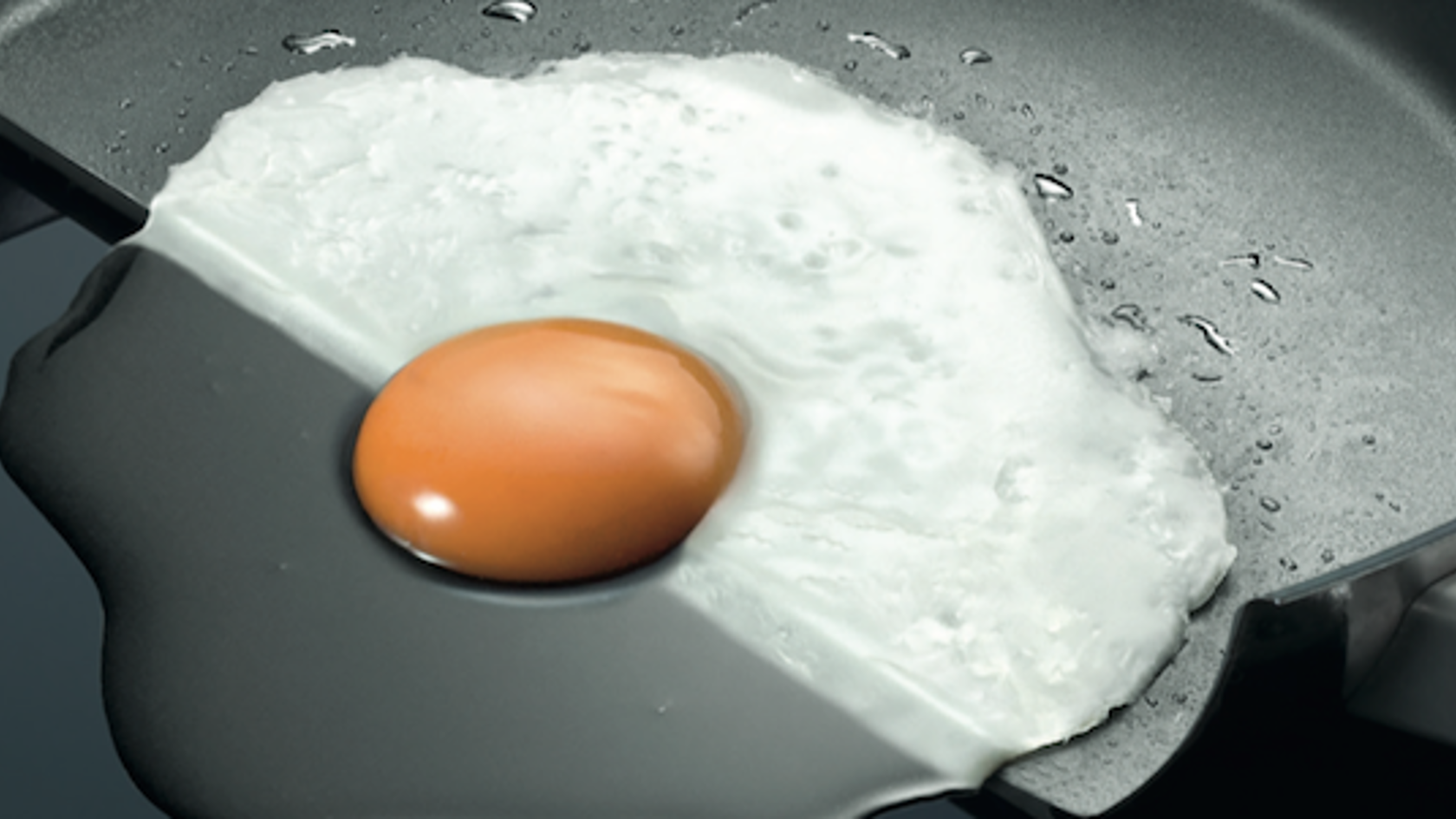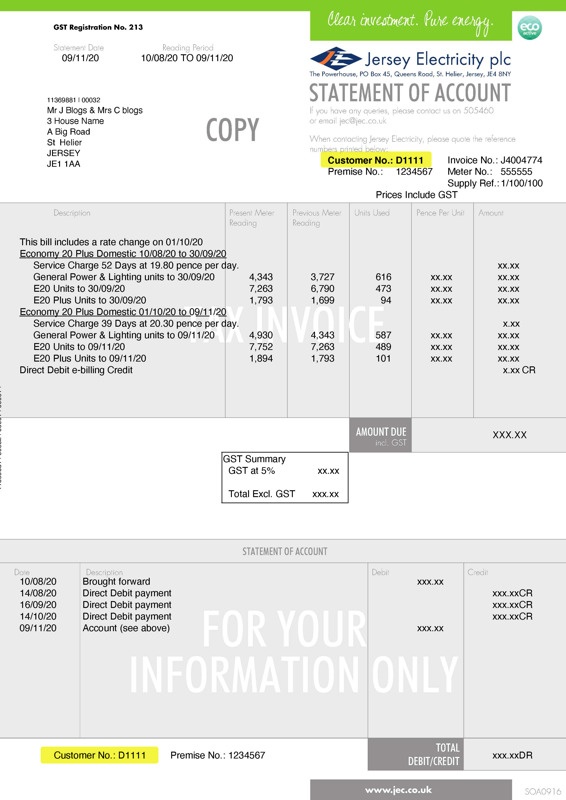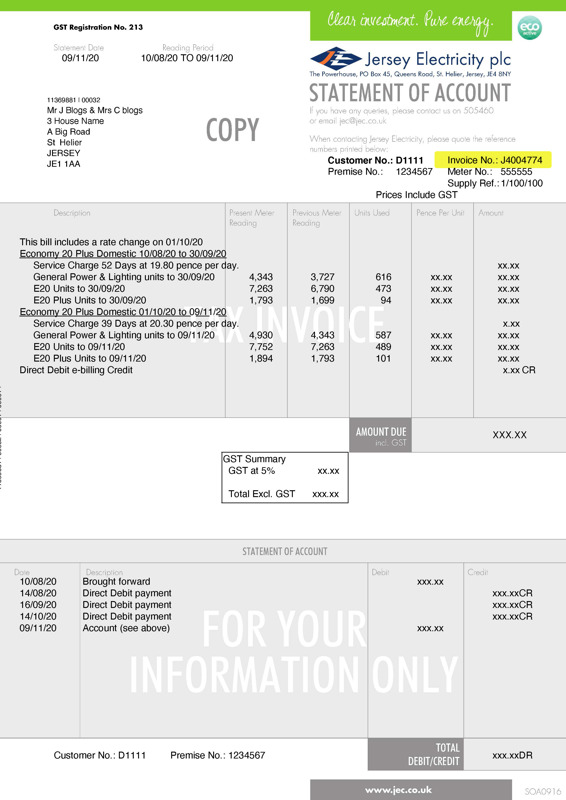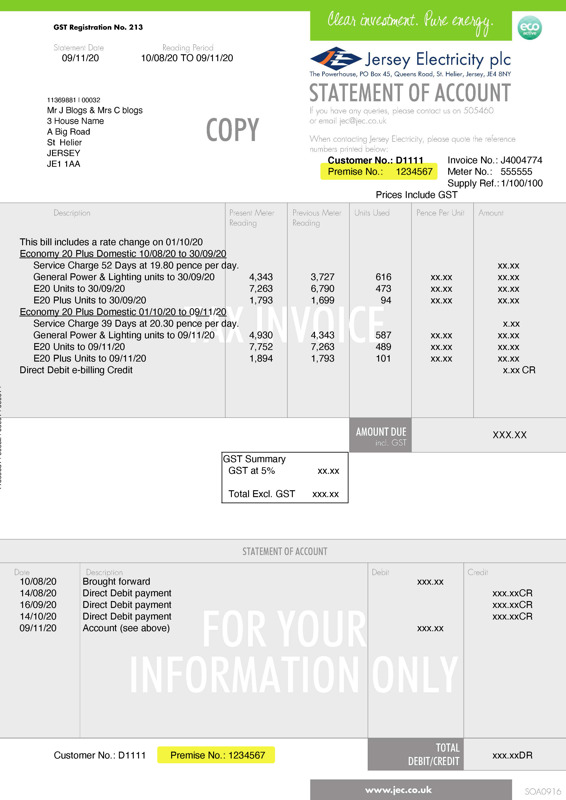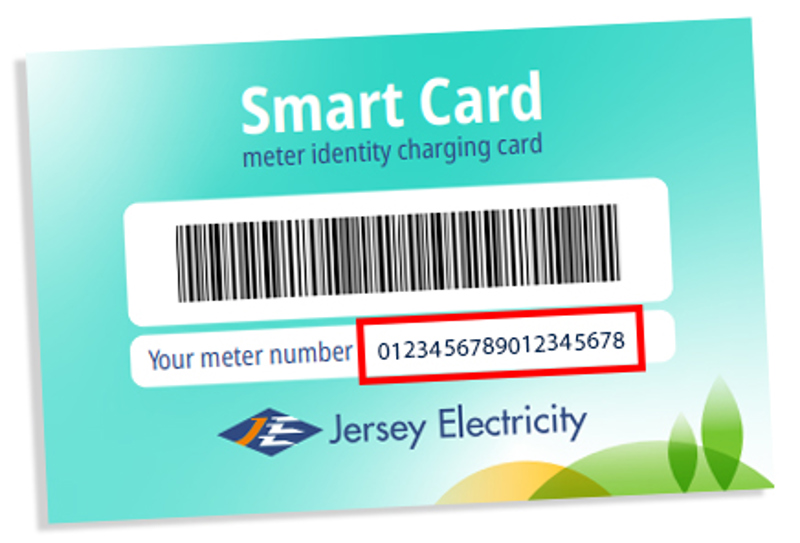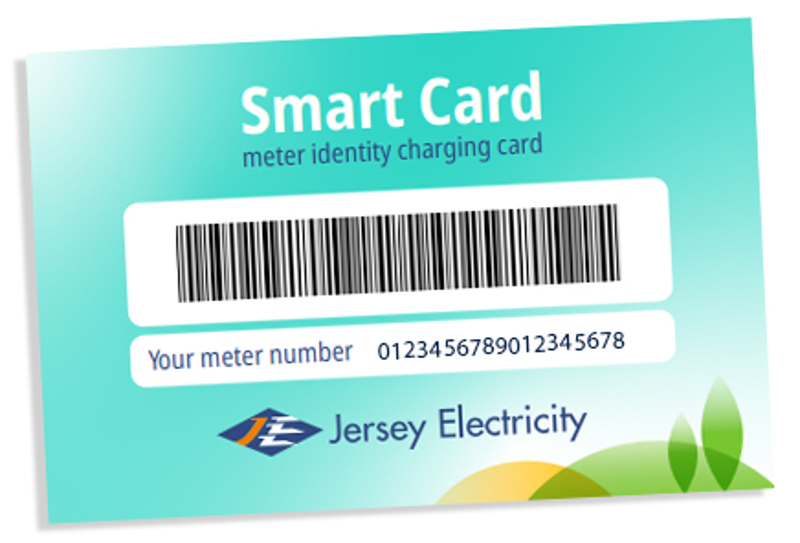Fast, responsive, energy saving - revolutionise your kitchen
Induction is the biggest innovation in cooking technology since the advent of microwave ovens.
Recent improvements in the technology, falling prices – domestic induction hobs are now available from under £300 – and many needing no special wiring, have brought about a surge in interest in both domestic and commercials kitchens. Several Jersey restaurants have already integrated induction into their all-electric kitchens, with one leading establishment reporting savings in energy consumption among several other benefits.
General cooktops heat the vessel, or pan which, in turn, heats and cooks the food inside. Induction is completely different in that it does not involve generating heat that then transfers into the pan. Instead, it makes the cooking vessel itself become the generator of heat.
An induction hob element is a powerful, electromagnet. When a magnetic material, for example, a pan made of a ferrous metal, is placed in the magnetic field created by the element, the field transfers energy into that metal. That, in turn causes the pan to become hot. We can control the amount of heat being generated in the pan instantly by controlling the strength of the electromagnetic field. Induction hobs may look like traditional ceramic cooktops but only generate heat when a pan is placed upon them. No pan, no heat, no waste.
This means induction hobs generate a fast, precise amount of heat only where and when you need it - in the pan itself. Heat transfer stops the moment the pan is removed. As no ambient heat is released, no energy is wasted. No pan, no heat also means induction hobs are safer as cooking surface temperatures are reduced. Most new pans today are suitable for induction hobs.
For a totally bespoke cooking area some manufacturers offer separate induction fields that can be freely placed to your liking in various worktop materials. A system with three or four induction fields can be adjusted to your worktop size enabling you to create your own hob fitted into worktop materials such as stainless steel, stone, composite, plastic and concrete.
Short cook times and rapid response to power settings unprecedented in previous electrical cooktops, coupled with energy savings, have already led several of Jersey’s top chefs to convert their restaurant kitchens to all-electric with induction. Energy used cooking and storing food accounts for almost 75% of an establishment’s overall annual energy consumption. Leaving appliances on in a busy kitchen can mean more than 70% of energy is wasted.

The refurbishment of the Oyster Box in 2012 included switching the kitchen appliances from gas to all electric and induction with significant benefits. Jersey Pottery and Oyster Box Director Robert Jones said: ‘The working environment is cooler and therefore much improved.
'As the heat lost during cooking has been reduced – saving energy and money – so the temperature in the kitchen has fallen. As well as being better to work in, it has improved our carbon credentials and reduced costs associated with air conditioning to cool the kitchen. We also cook better on it!’
The latest Jersey establishment to switch to an all-electric kitchen with induction is The Square.
EXPERIENCE FASTER, SAFER, CONTROLLABLE ENERGY SAVING AT HOME
- Induction hobs concentrate heat directly in the pan
- No pan, no heat means no energy is wasted
- Cooktops are cooler and safer
- More than 50% energy saving on open gas burners
- From £299.99 at Jersey Electricity’s Powerhouse

